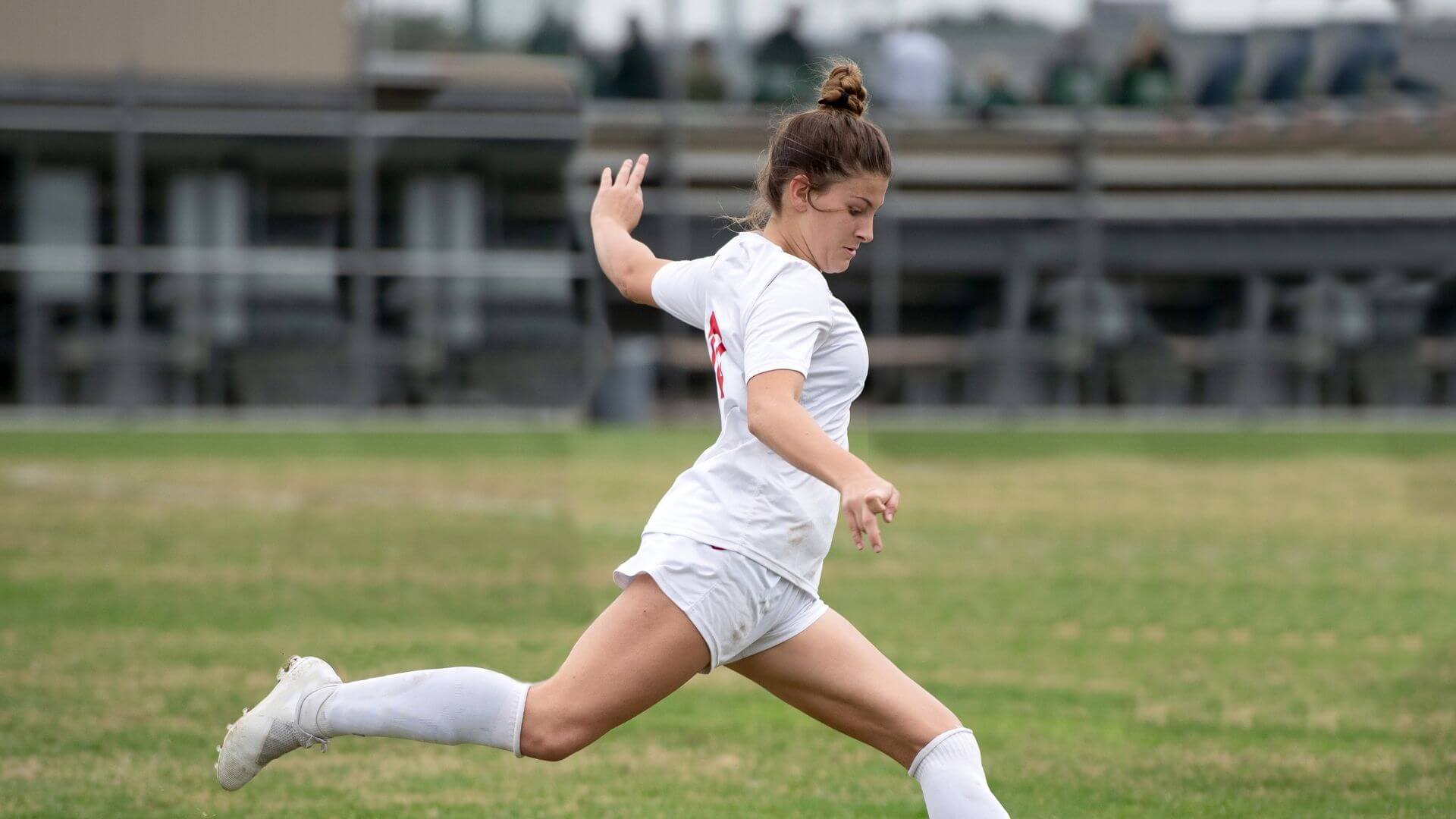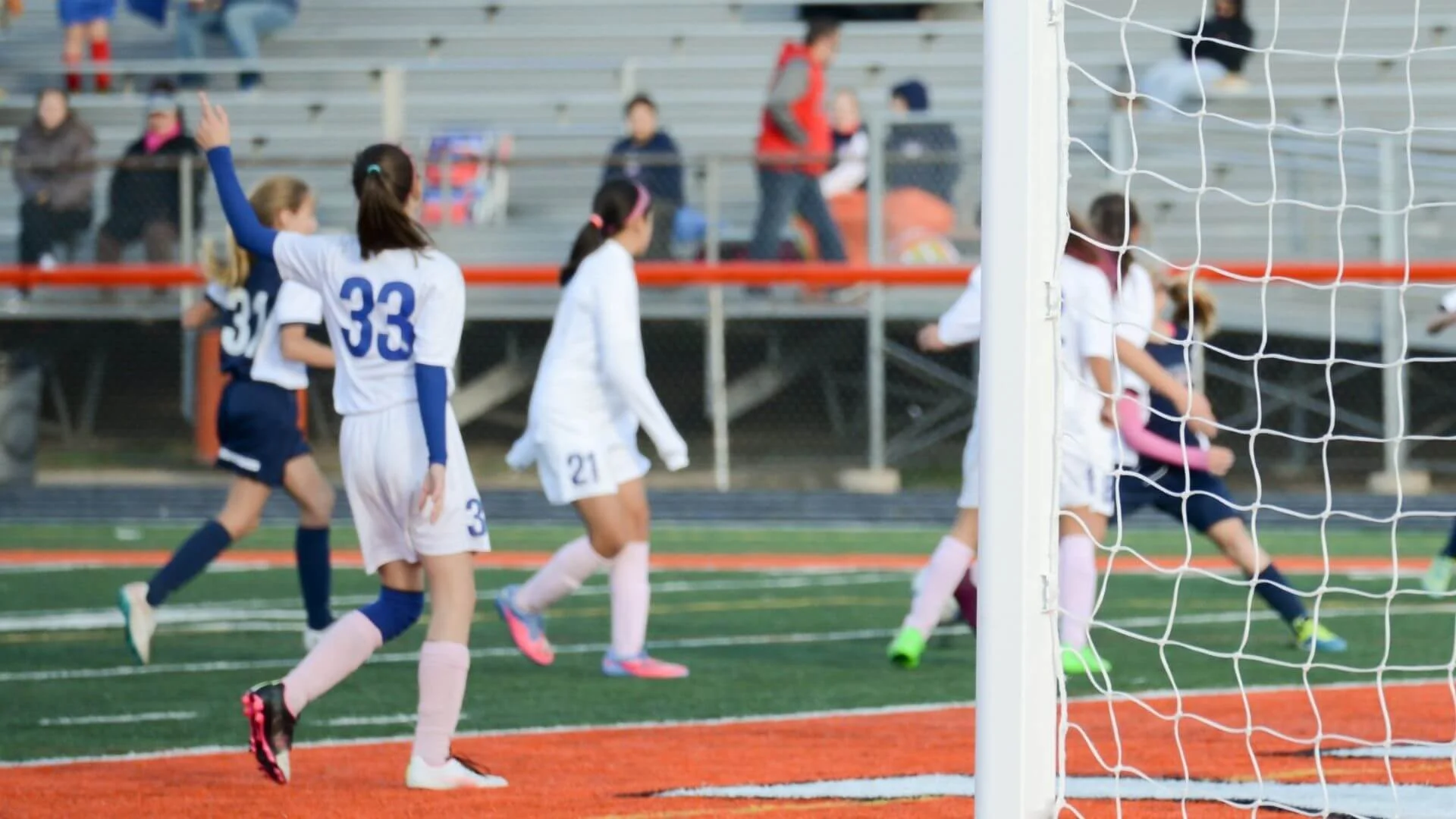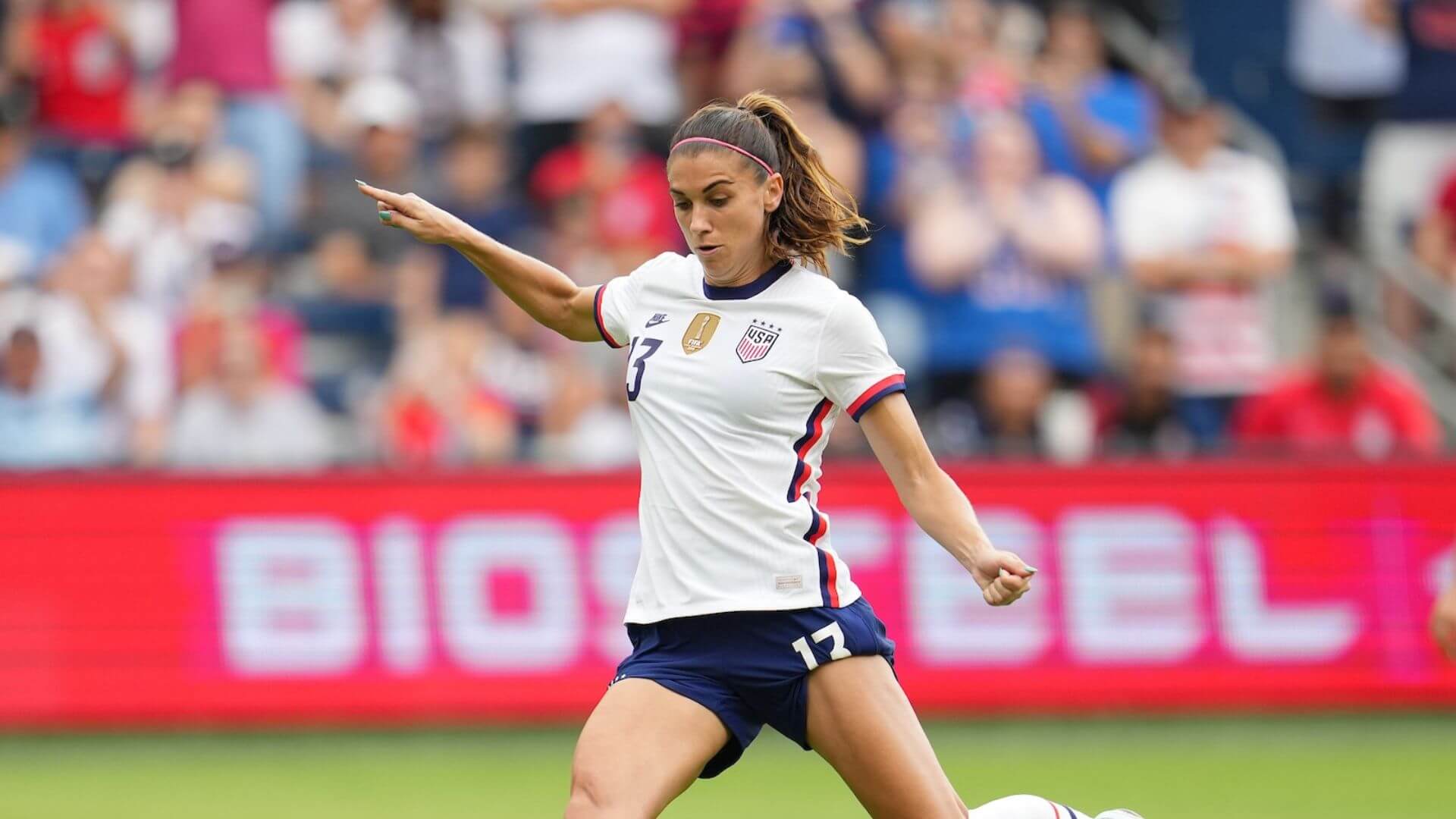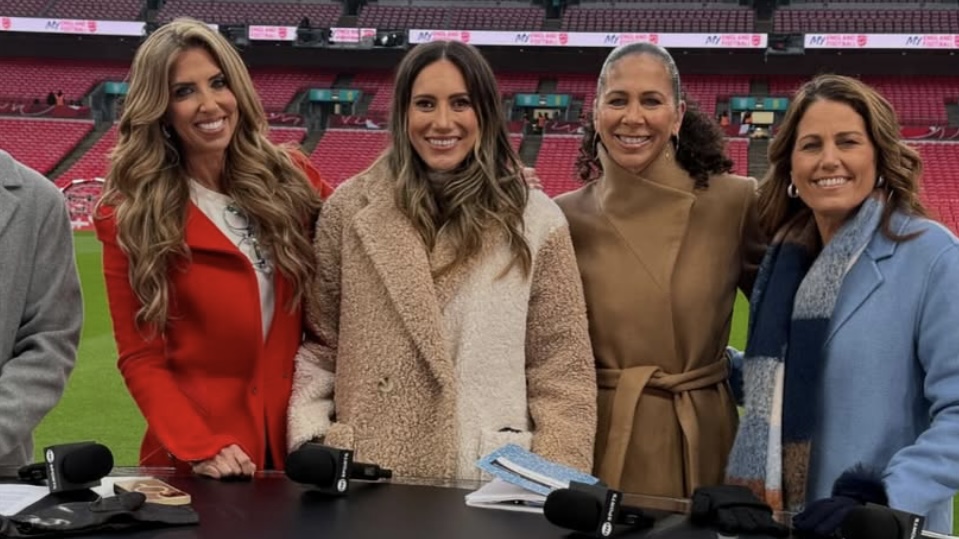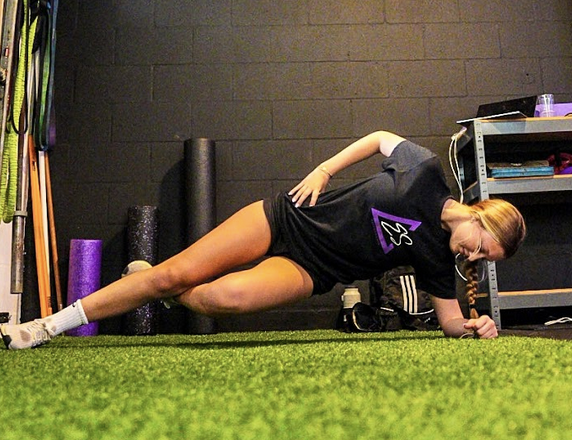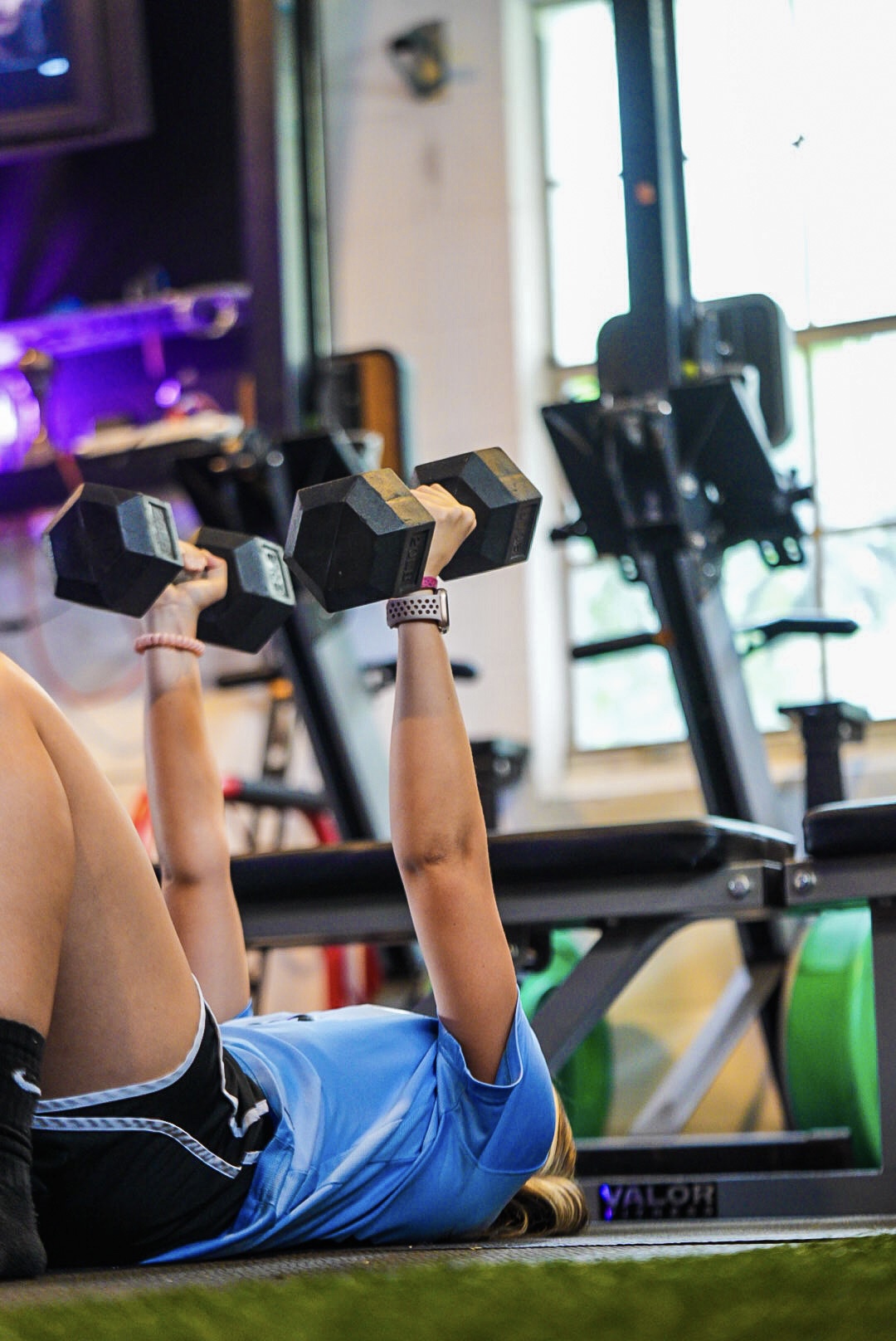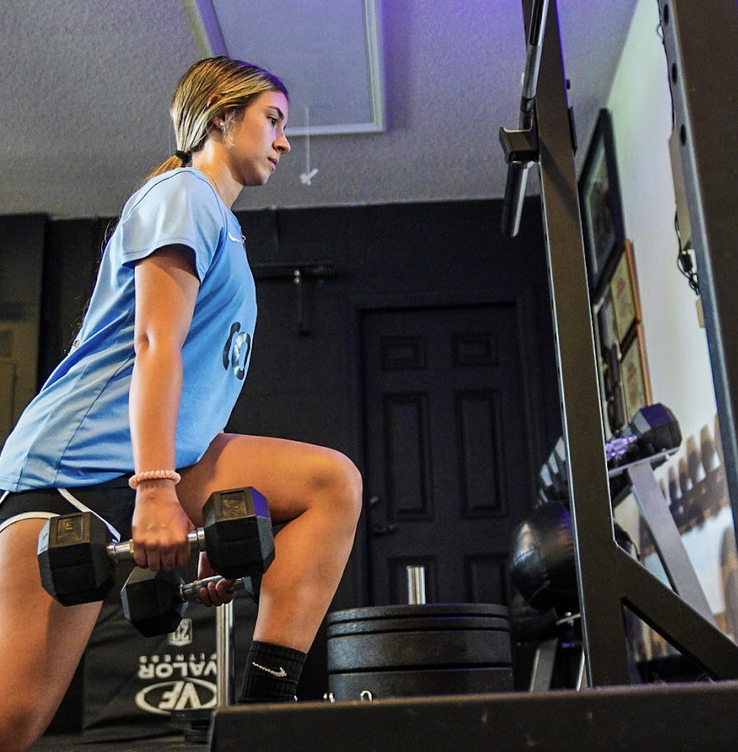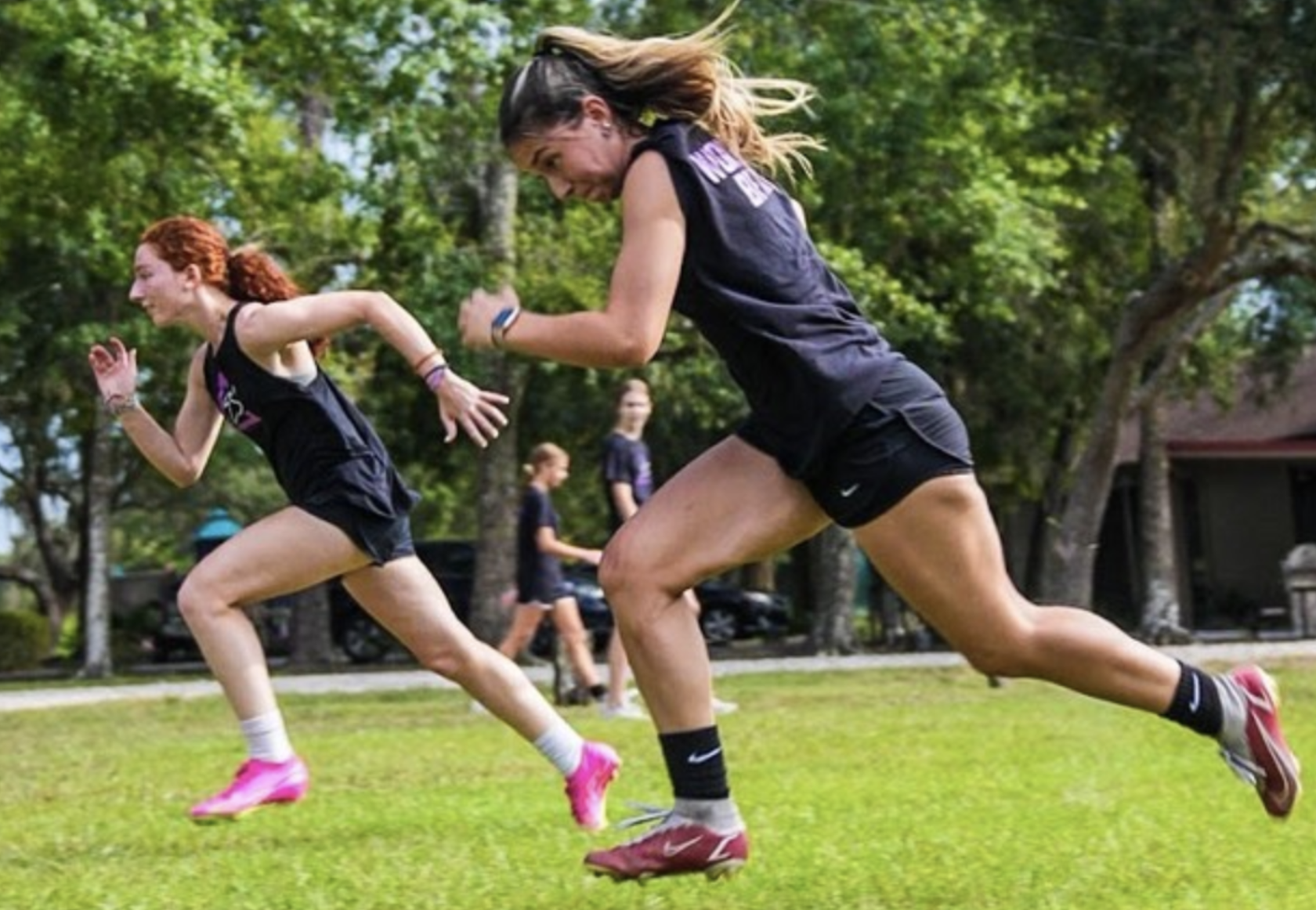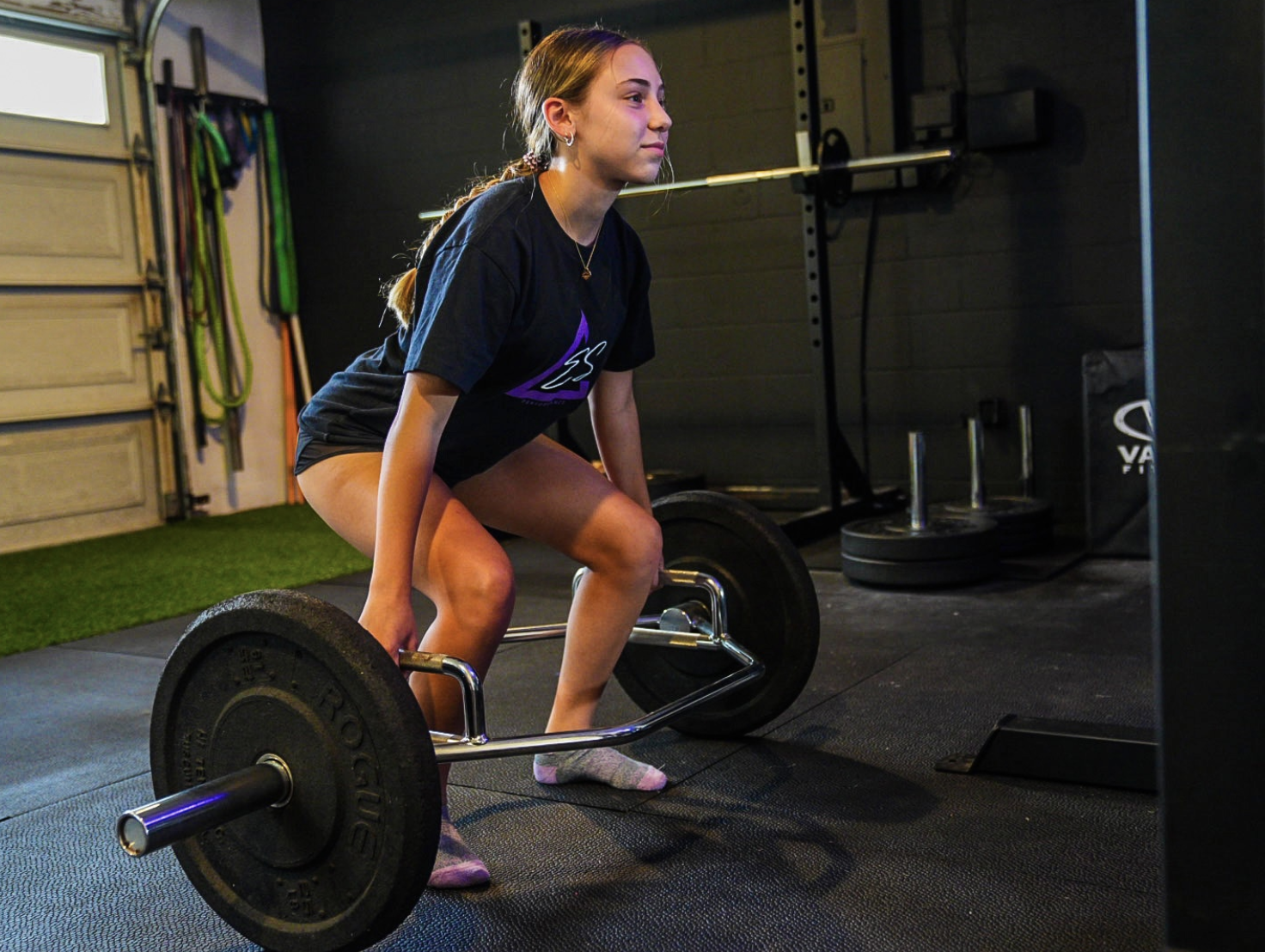How to Overcome Body Image Issues in Girls Soccer
Abandon all body image trends.
One day, our girls are told skinny is in. The next day, curves are in. The next day, we’re told being obese is okay. Amidst all this confusion, it’s hard to discern what’s good and what’s bad. Where do we find the truth?
It seems each decade there’s a new body trend for the girls to follow. The 1990s touted skinny as the “ideal” body type for women, with Victoria’s Secret models, the Sports Illustrated Swimsuit Edition, and retail stores like Hollister and Abercrombie & Fitch promoting being as thin as possible. Sizes 0 and 00 in jeans were the only options, so forget the soccer girl with big quadriceps! She wasn’t welcome.
The skinny craze was a frustrating time to be a female athlete because culture said being a size 0 was what every girl should aspire for, even if it came at the expense of her own health. Victoria’s Secret model Adriana Lima’s interview on her diet leading up to the fashion show went viral. Though her body looked fit and toned, her liquid-only diet was horrific for her health. The 1990s were a funky time of cleanses, juice diets, and other caloric-restrictive nonsense, and female athletes had no one else to look up to.
Thankfully, and I didn’t think I’d be grateful for this, but Kim Kardashian came on the scene in the 2000s. A new body type was all the hype, with curves and thicker thighs being the new trend. We made some strides, but the small, itty-bitty waist was still there, despite bigger legs and glutes.
Then, Kate Upton, a Sports Illustrated model who was far, far from stick thin, made her way onto the magazine covers. At the same time, she encouraged women to lift weights and get superhuman strength. She showcased herself on her social media page doing deadlifts, and even a 300-plus-pound hip thrust. She was training to be strong, and as a byproduct, she became a healthy, confident woman in her body.
Curvier, thicker, and more muscular bodies started to gain traction, and young girls followed suit. During this time, more female athletes got comfortable entering the gym and getting stronger.
Is Bulky Bad?
Admittedly, I can’t define bulky. Are we talking about a female bodybuilder who undergoes high-volume strength training, performs five sets of 15–20 reps per exercise, lives in an immense caloric surplus, and eats eight meals a day?
Female athletes in soccer, basketball, field hockey, lacrosse, gymnastics, tennis, and softball are not bodybuilders. Their strength training requires less volume, and their caloric needs are not as high, so bodybuilder bulky is impossible. Moreover, an adolescent female athlete who is strength training consistently year-round can expect only to put on two pounds of muscle! This is far, far from the bodybuilder stereotype, and it is impossible for a team sport athlete to get to that level of “bulky.”
Body composition is important for female athletes, however. So they shouldn’t fear adding those extra few pounds of muscle. Serena Williams, for example, is one of the most muscular female athletes of all time, but this body composition bolstered her performance. If she were stick thin or, on the other extreme, had too much fat mass, she wouldn’t be the best in the world. She had the appropriate amount of muscle mass for her body type and sport.

Body composition is a topic that requires a meticulous approach but also an honest one. Too often, people are lying about physique and its impact on performance just so that they don’t offend people. I’m here to tell you the truth: if anyone says body composition doesn’t matter for high performance, they’re lying and denying years of peer-reviewed literature, as well as basic physics.
Having more fat mass as opposed to muscle mass will hinder the ability to decelerate and re-accelerate, produce force, sprint faster, and handle high-velocity loads to reduce injury. It’s okay to chase muscle and build better body composition. When we are talking to female athletes who want to raise the ceiling on their performance—their speed, change of direction ability, endurance, and power output— having more muscle is better. This doesn’t mean getting so lean to the point you lose your period, ruin your energy levels, and decrease bone density. The moment this happens is the moment you need to change course and put weight back on.
Too skinny is a problem, but also the other extreme is a problem. While mainstream magazines and social media accounts will tell young girls, “Just love your body as is!” or “Obesity is healthy!” it becomes problematic when we aren’t educating female athletes on what it takes to become better athletes: more muscle. So, your body does have to change, and girls must eat and train in a way to accomplish muscular hypertrophy and strength. This doesn’t mean we should say things that perpetuate diet culture like “lose weight,” or “get skinnier,” or “melt fat,” or “drop a waist size.” Yeah, don’t say those things.
While they may be well-intentioned in certain cases, when talking to female athletes, it’s best to focus on what they can add, namely, muscle for strength, speed, and power output. We must encourage them to train and eat in a way that uplifts all aspects of their performance and prepares them for the physical and cognitive demands. Instead, frame it to be muscle-centric. That’s it. Girls should not be afraid of putting on muscle, a critical organ for high performance, brain function, and immune system health. Typically, when a girl puts on lean muscle mass, her weight increases, so don’t freak out. It’s a good thing.
Other benefits of more muscle:
- Regulates blood sugar
- Builds stamina and heart health
- Supports the joints
- Builds strong bones
- Makes girls confident
There’s something powerful about the physical health benefits of more muscle, but the mental benefits are absolutely magical. The more lean muscle mass I have, the better I feel—confident, energized, and focused.
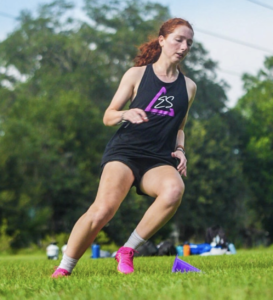
The more muscle one has, the more they will reduce fat and improve overall body composition. “Reduce fat” tends to trigger a lot of folks, but when you look at the science behind body composition and performance, it is hard to argue. Body composition does matter. Again, this does not mean we perpetuate a restrictive diet culture. In fact, far, far from it.
Building more muscle and reducing fat means adding things:
- Adding more total body strength training
- Adding more sprint work (short-duration workouts, high-intensity outputs)
- Progressing with more load
- Beating new personal records
- Consuming more high-quality protein and healthy fatty acids
- Consuming more calories on heavy training and game days
This is why education for female athletes is key to improved body composition. We must encourage them to nourish, fuel, and train their bodies in a way that builds them up. When female athletes focus on the components of high performance, they find they’re confident and capable in their bodies.
Social Media Impact on Body Image
Social media isn’t helping our girls’ soccer players. If it were up to me, I’d snag it out of the hands of any adolescent and have strict limits on what apps could be accessed.
I know what females are exposed to, in fact, blasted with, at all hours of the day. It would be tough for me to repeat some of the things I’ve seen and heard about on TikTok. Thankfully, I’m an adult with a brain that is mature, and I can discern what is right and what is downright wrong.
The sad reality is parents don’t have as much control as they once did. It’s the TikToks, the Instagrams, and the Pinterests that are parenting their girls now. Young girls’ frontal lobes, which are used for making judgments, aren’t fully developed yet, so they’re unable to think critically about the content they consume.
Of course, we can try to shake girls and exclaim how fake social media is and how it’s not a realistic representation of life, but it’s hard for them to use that type of discernment against repetitive, dangerous messaging. At an age when they’re trying to find their place in the world and get approval from everyone to fit in, influencers on social media can have more influence than parents and coaches.
Say No to Diet Culture
I remember the days when I did bikini fitness shows. In my early 20s, I was naïve and thought it would be a good way to learn discipline in my nutrition. Little did I know how restrictive, exhausting, and isolating the process would be. I said no to food outings with friends because of the temptation to shovel down certain foods. I declined my favorite treats during the holidays. I didn’t enjoy any time with loved ones anymore. I succumbed to diet culture because I was chasing the lowest body fat percentage I had ever reached: less than 10 percent. For a 5’7” woman, this is horrifically low. In fact, most female athletes should not be in the single digits for body fat percentage because they risk losing their periods. This is the extreme leanness we do not want to chase.
With that said, as a coach to young girls, I know what I’m up against, and it’s the disaster that is toxic social media body image and weight-loss trends. The plant-based agenda is a total disaster, too, and it encourages girls to eat bird food and cute little salads. Munching on nuts and seeds doesn’t equal high performance. Cutting out nutrient-dense, animal-based protein is awful for muscle building and body composition.
A girl soccer player’s ideal body composition—the amount of muscle and fat she has—will not always be what she envisions. To play her sport, she might have a larger, broader, and more muscular body composition, so her body is resilient. Size, body composition, and maturity status are the top predictors of high performance, so being model skinny is not ideal for a female athlete wanting to be a high performer. When I played college soccer, I weighed 15 pounds more than I do now as a retired athlete. This is because I had to eat way more calories in college to match my high energy expenditure. Now, as a retired athlete, I don’t run as many miles as I used to, and I do much lower-intensity workouts and sometimes a few quick sprints each week. All female athletes must recognize that body composition impacts performance, but it’s not best to chase extremes.
And don’t compare yourself to others’ bodies, either. Female bodies are so incredibly different. There’s no use in comparing yourself to other girls’ soccer players because body composition will look different for each girl.
There’s no point in saying to yourself, “Well, what if I just looked like that?” or, “What if I was as tiny as her?” because no matter what, you’ll have a blemish, body part or something about you that you don’t like. Every girl will have different heights, bone structures, areas of fat and muscle storage, hormonal fluctuations, and water retention, and that is okay. It’s what makes everyone unique. The best part about pursuing high performance, making strength training and proper nutrition a priority, is your ideal body composition will be a byproduct. You don’t have to worry about doing anything extreme like stringent diets, detoxes, or overtraining because your high-performance plan is quality. You focus on feeling amazing rather than depleted.

In order to have a better body image, you need to start listening to your body. What does it crave for high performance? You need to work toward a body composition that ignites your soul. You need to build enough muscle to execute the most intense actions in your sport. You need to achieve a weight where your energy levels are high. You must stop comparing your body to others because yours requires something unique. You need to get off the internet and stop looking around. And most importantly, you need to . . .
Abandon all body image trends.
ABOUT THE AUTHOR
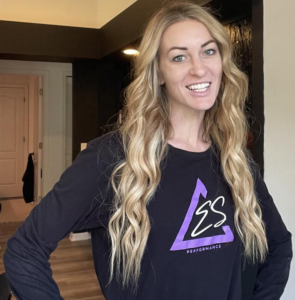
Erica Suter is a former college 3x All-American soccer player from Johns Hopkins University. She is giving back to the game and to female soccer players as a full-time performance coach. She holds a Master of Science in Exercise Science and has been helping girls with speed, agility, strength, and conditioning for over 12 years in the ECNL, GA, and NPL.
Her players have gone on to play college soccer at UNC, University of Maryland, Pittsburgh, Northwestern, West Point, University of South Florida, University of Charleston, MIT, Johns Hopkins, Carnegie Mellon, Rutgers, Towson University, and more.
Get her best-selling book The Strong Female Athlete
Check out her podcast: The Soccer Queens Podcast
Featured image via Wikimedia
_
GIRLS SOCCER NETWORK: YOUR SOURCE FOR GIRLS SOCCER NEWS



